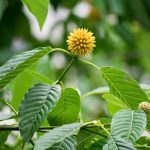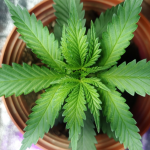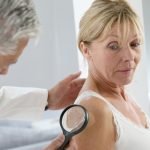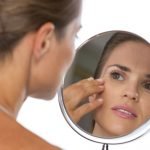Naturopathic Prevention of Skin Cancer
Kathy Lik, ND
Due to the fact that prevention remains the best approach in reducing the incidence of skin cancer, there has been a significant increase in research looking at natural agents that exhibit photo-protective and anti-neoplastic effects in skin. The data is vast yet in its preliminary stages, as it spans across mostly in vitro and animal models. Although we now understand more about mechanisms of action of various natural agents, we continue to extrapolate when it comes to best modes of administration, dosages and overall clinical relevance.
A continuous source of controversy is the topic of antioxidants
For instance, a continuous source of controversy is the topic of antioxidants. Most studies support topical use of various antioxidants, including vitamins C and E, beta carotene and selenium to protect against UV skin damage and subsequent development of skin cancers. However, the oral use of vitamins E and A, and various carotenoids is highly controversial. Study outcomes vary dramatically depending on the specific forms of vitamins used, the type of study and whether the researchers looked at cell lines, animals or humans. It is hypothesized that the contradictory findings are likely due to the presence and interactions of other, still unknown, dietary factors. Future research is needed to determine guidelines for the use of antioxidants with skin cancers.
Silybum marianum
Another agent that has shown efficacy in protecting us from UV radiation is Silybum marianum. Although I am more accustomed to thinking of milk thistle for gastrointestinal and renal disorders, I was surprised to discover its photo-protective effects. A number of in vivo animal studies have demonstrated that its flavonoid component, silymarin, exerts an array of epidermal anti-carcinogenic effects, including upregulation of tumor-suppressor genes, leading to inhibition of abnormal cell proliferation and apoptosis. It was also found to inhibit epidermal growth factor and insulin-like growth factor receptor signaling, as well as prevent immune suppression induced by UV light.
Genistein
A significant correlation between the serum/plasma level of genistein and the incidence of gender-based cancers in Asian, European and American populations suggests that genistein may also reduce the risk of skin tumor formation. It has been shown that genistein inhibits DNA replication and repair in cancer cells via inhibition of tyrosine kinase receptor protein. It can also arrest cell growth and proliferation along with invasion and angiogenesis. The challenge with genistein remains its biphasic bioactivity (inhibition at high concentration and activation at low), making it difficult to determine proper therapeutic doses.
Green tea
Green tea has been shown to have anti-cancer activity in many types of tumors, and skin cancers are no exception. The research looks at a wide range of forms and components of green tea, including beverage and solids consumption; epigallocatechin gallate (EGCG), orally and topically; polyphenols; and caffeine. Both whole tea and evaluated components have been shown to reduce UV-induced erythema, tumor incidence, multiplicity and growth. These effects are achieved through immune stimulation, DNA repair, induction of apoptosis, cell cycle arrest in damaged cells and reduction of angiogenesis. Interestingly, caffeine has been shown to reduce the dermal fat pad, which is highly associated with tumor multiplicity as well.
Dr. Lik is a second-year resident at the Midwestern Regional Medical Center – Cancer Treatment Centers of America. She graduated from NCNM in 2007.
References
R Saller, et. al. An updated systematic review of the pharmacology of silymarin. Forsch Komplementmed. 2007 Apr;14(2):70-80.
R Gazak, et. al. Silybin and silymarin – new and emerging applications in medicine. Curr Med Chem. 2007; 14(3):315-38.
JO Moore, et. al Photoprotective effect of isoflavone genistein on UVB-induced pyrimidine dimmer formation and PCNA expression in human reconstituted skin and its implications in dermatology and prevention of cutaneous carcinogenesis. Carcinogenesis. 2006; Aug;27(8):1627-35
MH Ravindranath, et. al. Anticancer therapeutic potential of soy isoflavone, genistein. Adv Exp Med Biol. 2004; 546:121-65.
H Wei, et. al. Isoflavone genistein: photoprotection and clinical implications in dermatology. J Nutr. 2003; Nov;133:3811S-3819S.
S Hercberg, et al. Antioxidant supplementation increases the risk of skin cancers in women but not in men. J Nutr. 2007 Sep;137(9):2098-105.
JC Murray, et al. A topical antioxidant solution containing vitamin C and E stabilized by ferulic acid provides protection for human skin against damage caused by ultraviolet irradiation. J Am Acad Dermatol. 2008 Sep; 59(3):418-25.
SB Riedel, et al. Vitamin E analog, alpha-tocopherol ether-linked acetic acid analog, alone and in combination with celecoxib, reduces multiplicity of ultraviolet-induced skin cancers in mice. Anticancer Drugs. 2008 Feb;19(2):175-81.
J Shorrocks, et al. The dose rate of UVA treatment influences the cellular response of HaCaT keratinocytes. J Invest Dermatol. 2008 Mar;128(3):685-93.
TT Fung, et al. Vitamin and carotenoid intake and risk of squamous cell carcinoma of the skin. Int J Cancer 2003 Jan 1;103(1):110-5.
MM Heinen, et al. Intake of antioxidant nutrients and the risk of skin cancer. Eur J Cancer. 2007 Dec;43(18):2707-16.
J Weinzweig. Investigation of the growth and metastasis of malignant melanoma in a murine model: the role of supplemental vitamin A. Plast Reconstr Surg. 2003 Jul;112(1):152-8.
HS Black, J Gerguis. Modulation of dietary vitamins E and C fails to ameliorate b-carotene exacerbation of UV carcinogensis in mice. Nutr Cancer. 2003;45(1):36-45.
E Andersson, et al. Beta-carotene uptake and bioconversion to retinol differ between human melanocytes and keratinocytes. Nutr Cancer. 2001;39(2):300-6.
HK Biesalski, UC Ubermueller-Jevic. UV light, beta-carotene and human skin-beneficial and potentially harmful effects. Arch Biochem Biophys. 2001 May 1;389(1):1-6
Nutr Cancer. 2000;37(2):173-8.
G Wolf. The effect of beta-carotene on lung and skin carcinogenesis. Carcinogenesis. 2002 Aug;23(8):1263-5
UM Frieling, et al. A randomized, 12-year primary-prevention trial of beta carotene supplementation for non melanoma skin cancer in the physician’s health study. Arch Dermatol. 2000 Feb;136(2):179-84
A Green, et al. Daily sunscreen application and betacarotene supplementation in prevention of basal-cell and squamous-cell carcinomas of the skin: a randomized control trial. Lancet. 1999 Aug 28;354(9180):723-9
JF Dorgan, et al. Serum carotenoids and alpha-tocopherol and risk of nonmelanoma skin cancer. Cancer Epidemiol Biomarkers Prev. 2004 Aug;13(8):1276-82
HS Black, G Okotie-Eboh, J Gerguis. Diet potentiates the UV-carcinogenic response to beta-carotene. Nutr Cancer. 2000; 37(2):173-8.
C Oresajo, et al. Protective effects of a topical antioxidant mixture containing vitamin C, ferulic acid, and phloretin against ultraviolet-induced photodamage in human skin. J Cosmet Dermatol. 2008 Dec;7(4):290-7.
JC Murray, et al. A topical antioxidant solution containing vitamins C and E stabilized by ferulic acid provides protection for human skin against damage caused by ultraviolet irradiation. J Am Acad Dermatol. 2008 Sep;59(3):418-25.
FH Lin, et al. Ferulic acid stabilizes a solution of vitamins C and E and doubles its photoprotection of skin. J Invest Dermatol. 2005 Oct;125(4):826-32.
JY Lin, et al. UV photoprotection by combination topical antioxidants vitamin C and vitamin E. J Am Acad Dermatol. 2003 Jun;48(6):866-74.
HY Jeon, et al. Effects of oral epigallocatechin gallate supplementation on the minimal erythema dose and UV-induced skin damage. Skin Pharmacol Physiol. 2009 Feb 12;22(3):137-141.
A Schwarz, et al. Green tea phenol extracts reduce UVB-induced DNA damage in human cells via interleukin-12. Photochem Photobiol. 2008 Mar-Apr;84(2):350-5.
A Sevin, et al. Effects of polyphenols on skin damage due to ultraviolet A rays: an experimental study on rats. J Eur Acad Dermatol Venereol. 2007 May;21(5):650-6.
SM Meeran, et al. Epigallocatechin-3-gallate prevents photocarcinogenesis in mice through interleukin-12-dependent DNA repair. Cancer Res. 2006 May 15;66(10):5512-20.
SK Mantera, et al. Orally administered green tea polyphenols prevent ultraviolet radiation-induced skin cancer in mice through activation of cytotoxic T cells and inhibition of angiogenesis in tumors. J Nutr. 2005 Dec;135(12):2871-7.
J Xia, et al. UV-induced NF-kappaB activation and expression of IL-6 is attenuated by (-)-epigallocatechin-3-gallate in cultured human keratinocytes in vitro. Int J Mol Med. 2005 Nov;16(5):943-50.
SK Mantena, et al. Epigallocatechin-3-gallate inhibits photocarcinogenesis through inhibition of angiogenic factors and activation of CD8+ T cells in tumors. Photochem Photobiol. 2005 Sep-Oct;81(5):1174-9.
YP Lu, et al. Administration of green tea or caffeine enhances the disappearance of UVB-induced patches of mutant p53 positive epidermal cells in SKH-1 mice. Carcinogenesis. 2005 Aug;26(8):1465-72.
M Nihal, et al. Anti-proliferative and proapoptotic effects of (-)-epigallocatechin-3-gallate on human melanoma: possible implications for the chemoprevention of melanoma. Int J Cancer. 2005 Apr 20;114(4):513-21.
JH Chung, et al. Dual mechanisms of green tea extract (EGCG)-induced cell survival in human epidermal keratinocytes. FASEB J. 2003 Oct;17(13):1913-5.
F Afaq, et al. Inhibition of ultraviolet B-mediated activation of nuclear factor kappaB in normal human epidermal keratinocytes by green tea Constituent (-)-epigallocatechin-3-gallate. Oncogene. 2003 Feb 20;22(7):1035-44.
AH Conney, et al. Inhibitory effects of tea and caffeine on UV-induced carcinogenesis: relationship to enhanced apoptosis and decreased tissue fat. Eur J Cancer Prev. 2002 Aug; 11 Supl2:S28-36.
YP Lu, et al. Inhibitory effects of orally administered green tea, black tea, and caffeine on skin carcinogenesis in mice previously treated with ultraviolet B light (high-risk mice): relationship to decreased tissue fat. Cancer Res. 2001 Jul 1;61(13):5002-9.
SK Katiyar, et al. Green tea polyphenol treatment to human skin prevents formation of ultraviolet light B-induced pyrimidine dimmers in DNA. Clin Cancer Res. 2000 Oct;6(10): 3864-9.
IR Record, IE Dreosti. Protection by black tea and green tea against UVB and UVA + B induced skin cancer in hairless mice. Mutat Res. 1998 Nov 9;422(1):191-9.
IR Record, IE Dreosti. Protection by tea against UV-A + B-induced skin cancers in hairless mice. Nutr Cancer. 1998;32(2):71-5.
M Barthelman, et al. (-)-Epigallocatechin-3-gallate inhibition of ultraviolet B-induced AP-1 activity. Carcinogenesis. 1998 Dec;19(12):2201-4.


